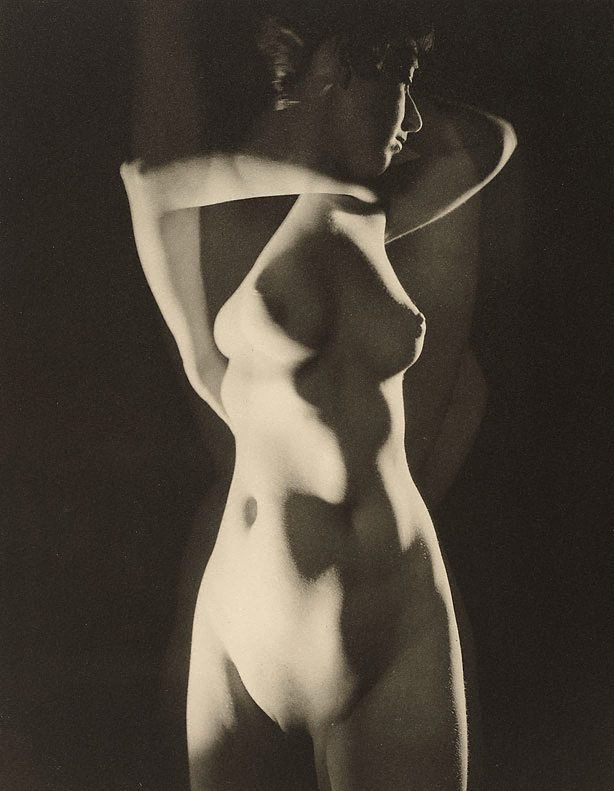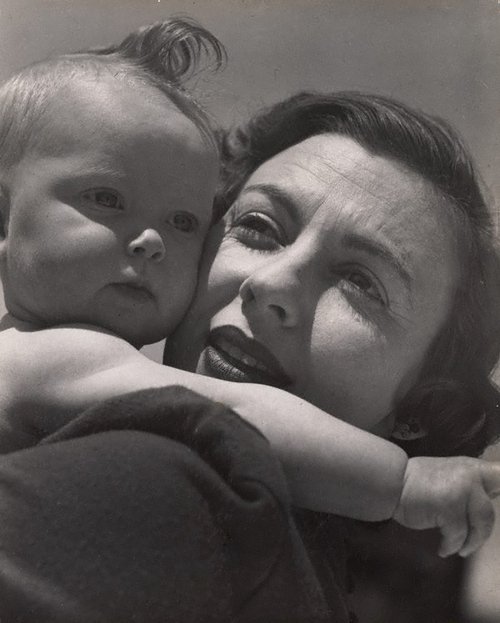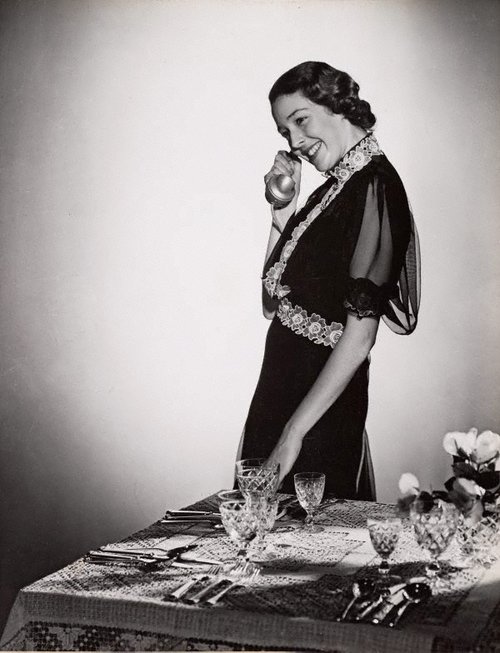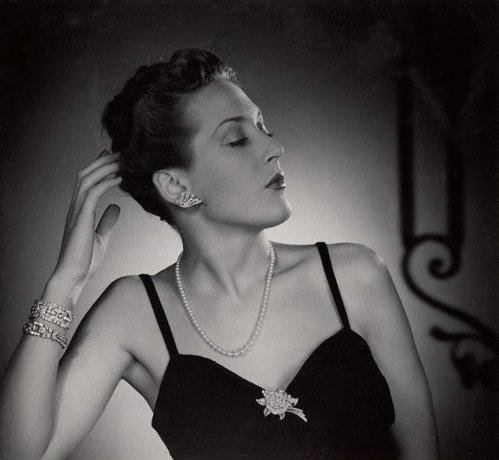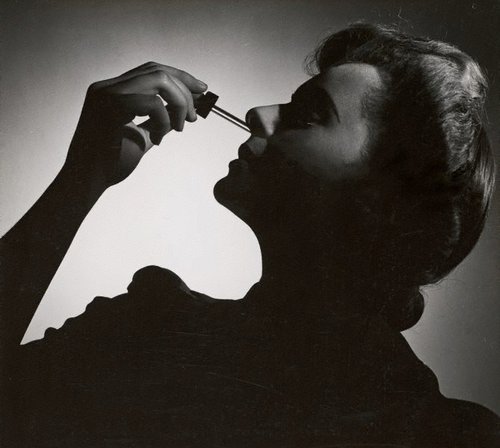-
Details
- Date
- 1935
- Media category
- Photograph
- Materials used
- gelatin silver photograph, vintage
- Dimensions
- 27.9 x 21.9 cm image; 30.3 x 23.7 cm sheet
- Signature & date
Signed and dated l.r. sheet, pencil "Max Dupain '31".
- Credit
- Purchased with assistance from the Photography Collection Benefactors' Program 1994
- Location
- Not on display
- Accession number
- 623.1994
- Copyright
- Artist information
-
Max Dupain
Works in the collection
- Share
-
-
About
Dupain’s interest in the human form grew directly from his grounding in contemporaneous thinking around vitalism and naturalism. Dupain’s father was a leading thinker in and practitioner of physical education, dietetics and biochemistry. In addition, Dupain’s interest in Norman Lindsay and D H Lawrence’s writings which were infused with ‘the importance of man’s basic instincts and emotions over the inhibiting rule of the mind’ combined in his 1930s photographs of nudes with the formal language of new objectivity. As Gael Newton has pointed out: ‘Where Lawrence and other vitalists rejected technology, Dupain brought their passionate and energetic spirit to the expression of the modern age.’1 Dupain’s interest in Man Ray around 1935 led him to carefully study the techniques of solarisation and montage. The visual influences were inevitably filtered through reproductions in books and magazines and these melded with vitalism and naturalism in Dupain’s practice.
‘Abstract movement’ would have been informed by Dupain’s study of Man Ray’s work, but it has none of the intent of surrealism nor the exuberance or intensity of the German avant-garde. It is very specific in the examination of the female form in motion. It is also a very beautiful print with rich blacks and warmly textured skin tones. The distortion of the body is not extreme but it is dynamic. The model is the same as in ‘Impassioned clay’ 1936 (AGNSW collection) where the body is montaged with a conch shell, and the photograph was probably taken on the same shoot. The title of this companion work is taken from Llewelyn Powys’s book of the same name where ‘the cowrie shell is discussed as symbolic of female sexuality’.2
1. Newton G 1980, ‘Max Dupain’, David Ell Press, Sydney pp 33–35
2. Crombie I 2004, ‘Body culture: Max Dupain, photography and Australian culture, 1919–1939’, Peleus Press/National Gallery of Victoria, Melbourne p 23© Art Gallery of New South Wales Photography Collection Handbook, 2007
-
Exhibition history
Shown in 3 exhibitions
The Enigmatic Object, Art Gallery of New South Wales, Sydney, 15 Apr 1997–22 Jun 1997
World Without End - Photography and the 20th Century, Art Gallery of New South Wales, Sydney, 02 Dec 2000–25 Feb 2001
Soft Shadows and Sharp Lines: Australian photography from Cazneaux to Dupain, Art Gallery of New South Wales, Sydney, 30 Sep 2002–17 Nov 2002
-
Bibliography
Referenced in 4 publications
-
Judy Annear, World without end - Photography and the 20th century, 'World without end: Photography and the 20th Century', pg.8-29, Sydney, 2000, 23, 75 (illus.).
-
Judy Annear, Photography: Art Gallery of New South Wales Collection, 'Australian modernism', pg.131-149, Sydney, 2007, 136, 138 (illus.).
-
Judy Annear, The Enigmatic Object, Sydney, 1997. no pagination or catalogue numbers
-
Natasha Bullock (Curator), Soft shadows and sharp lines: Australian photography from Cazneaux to Dupain, Sydney, 2002, (illus.). no pagination or catalogue numbers
-
